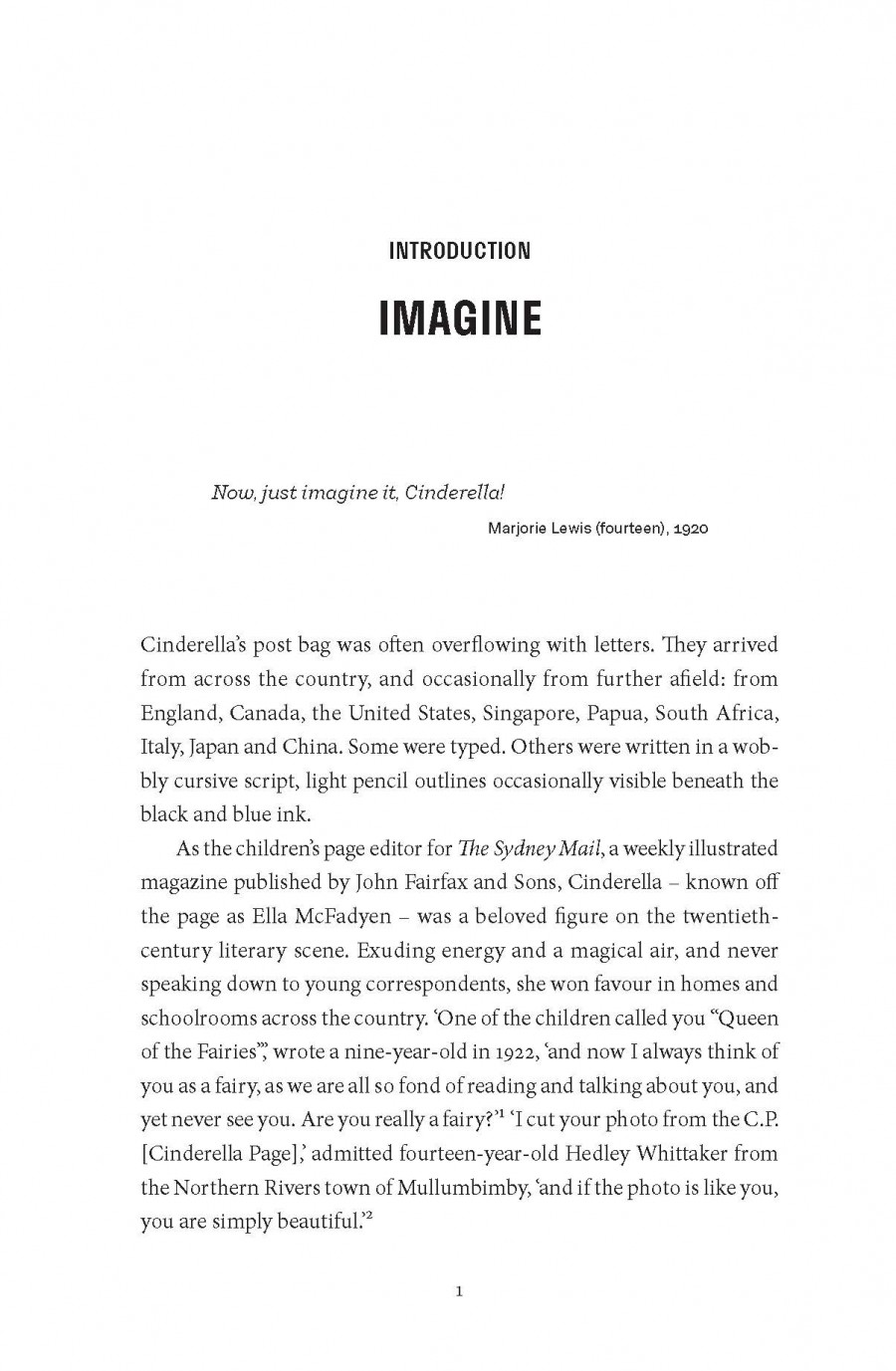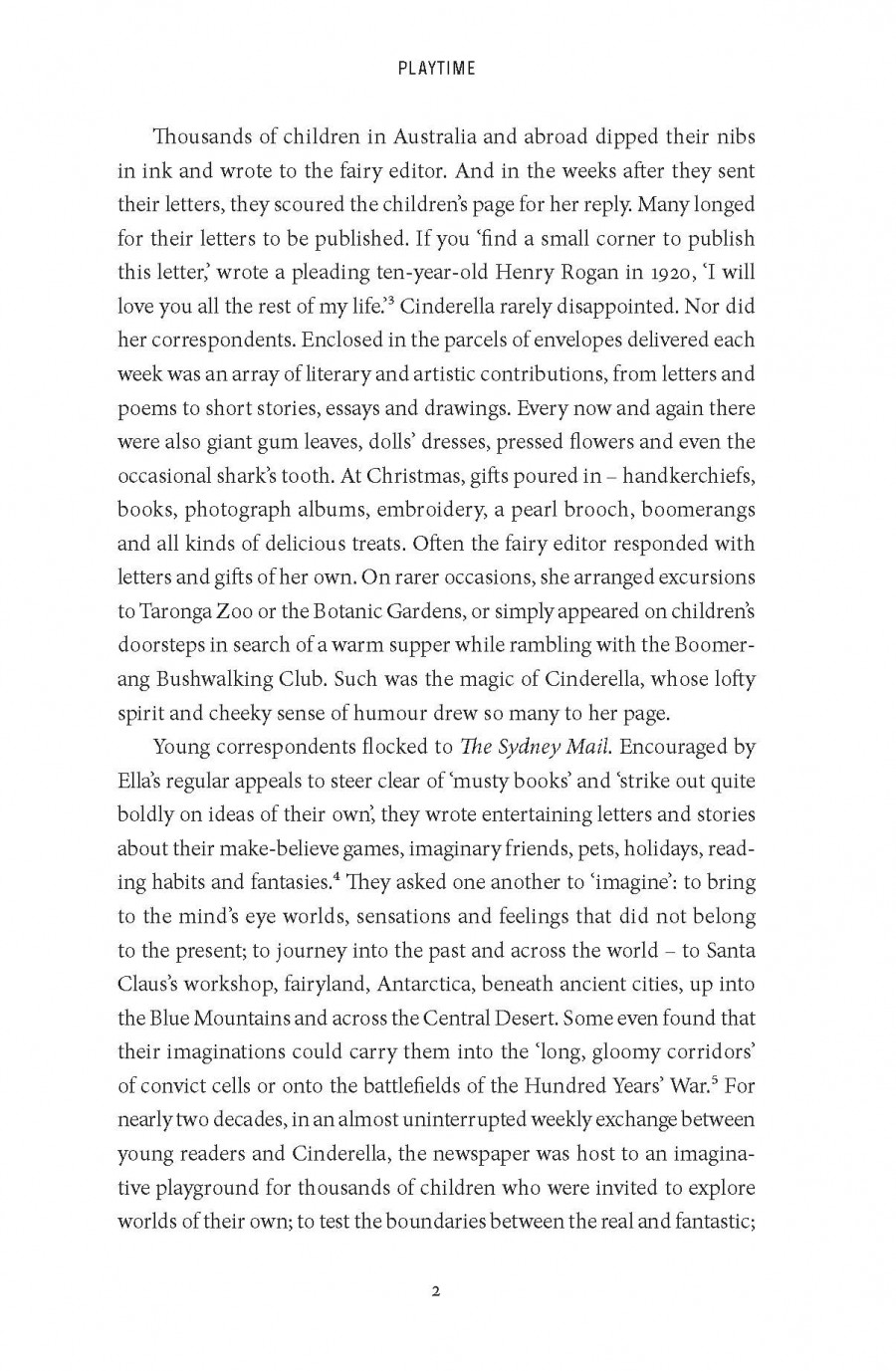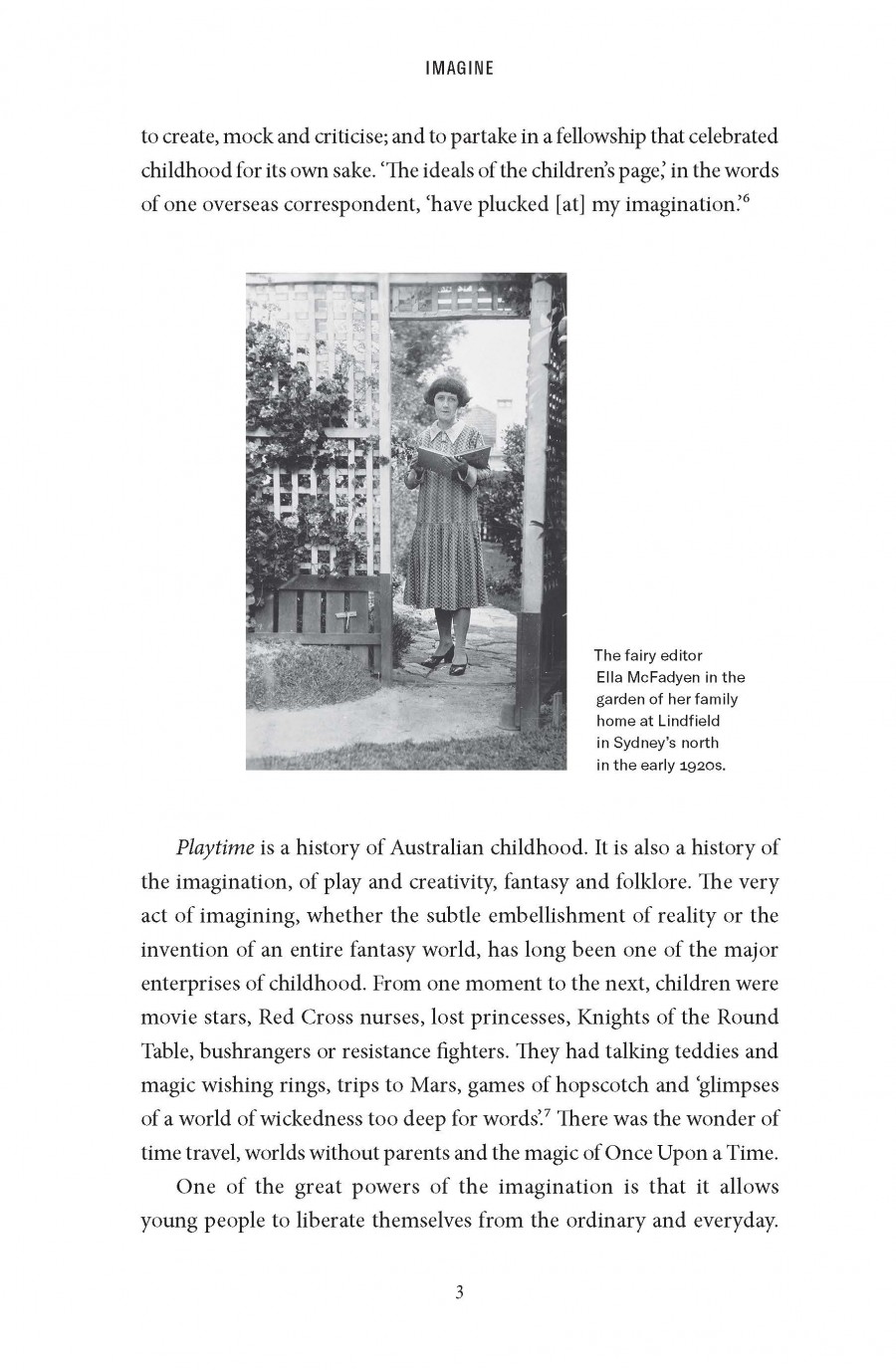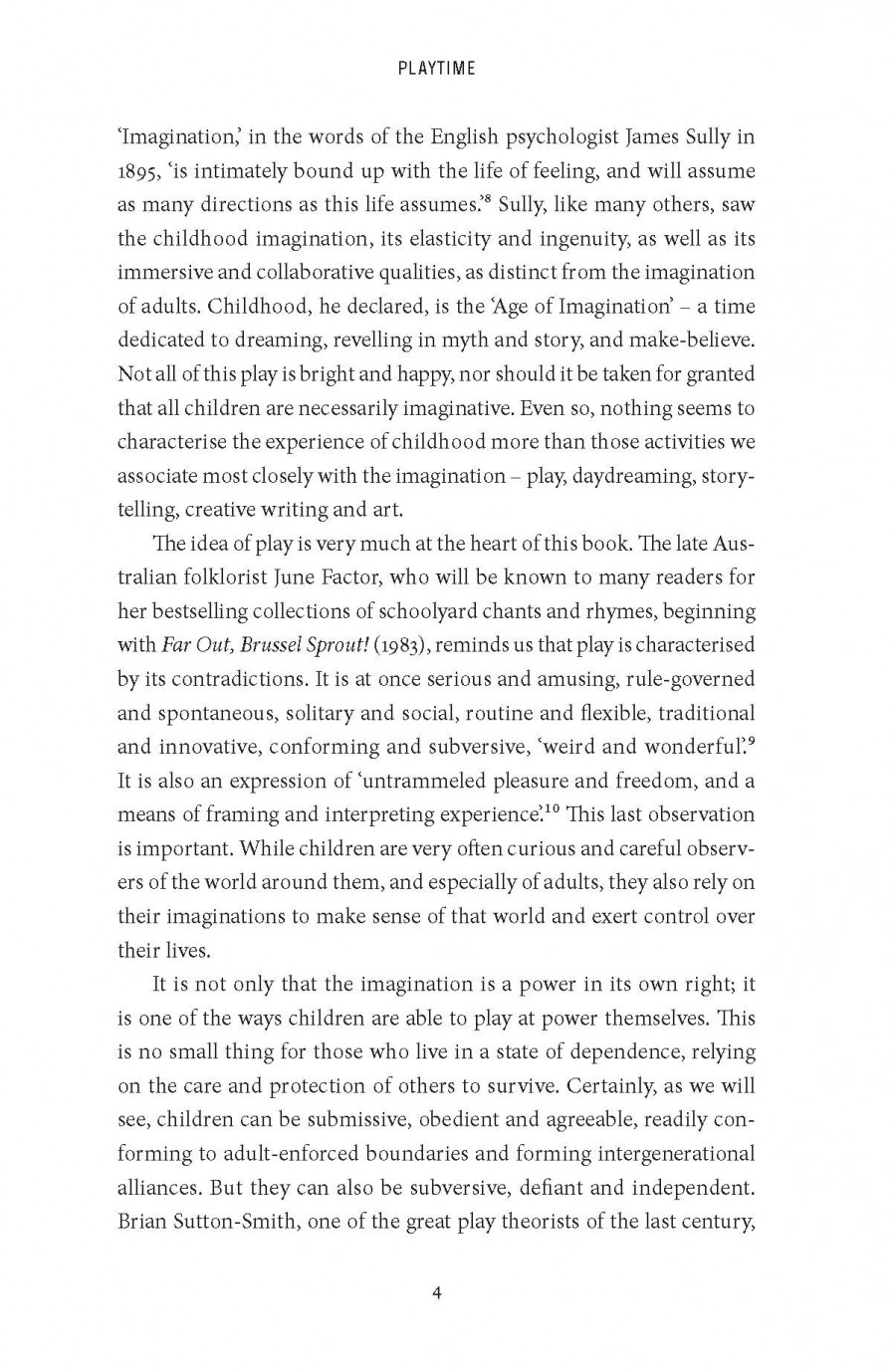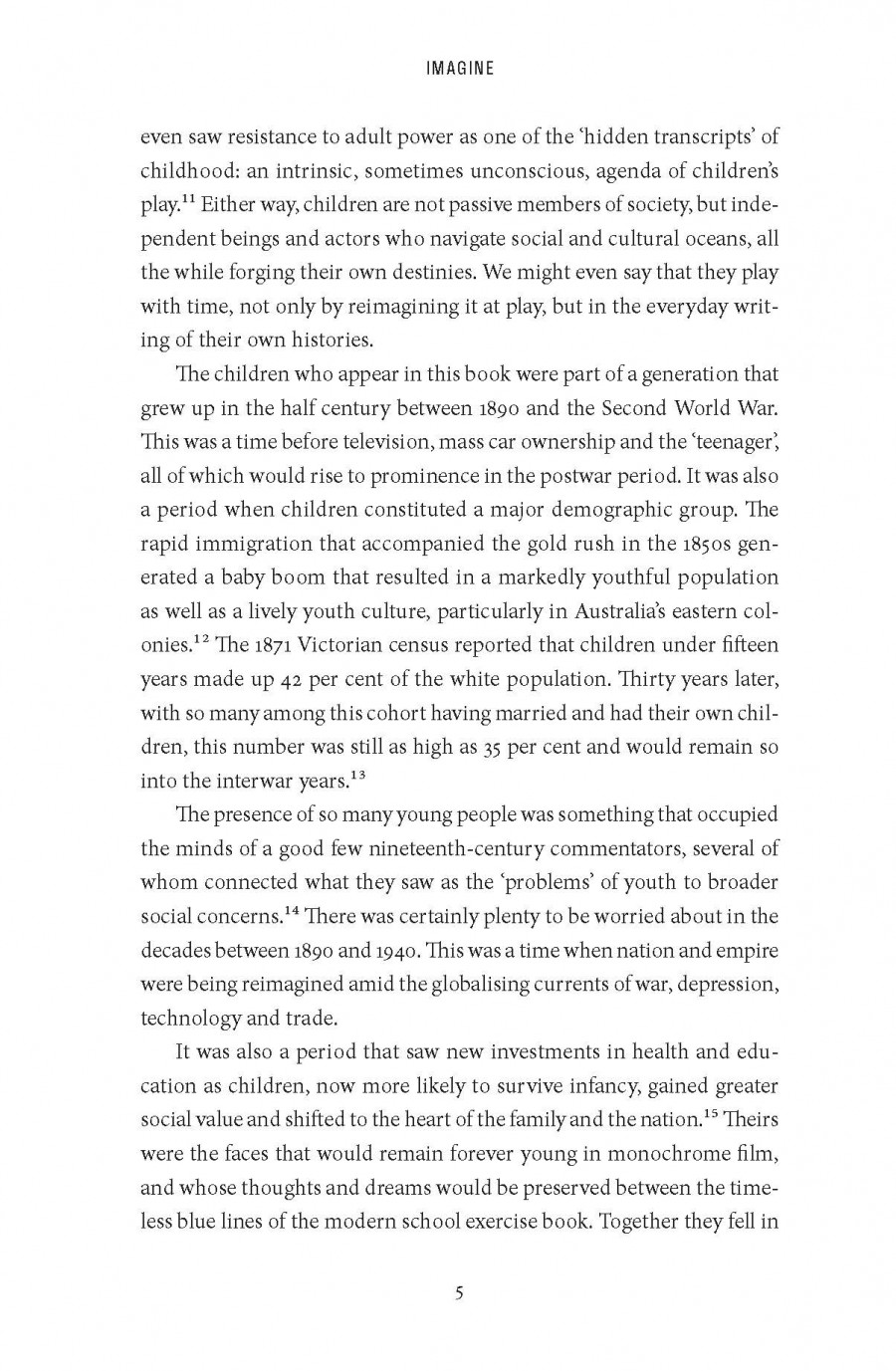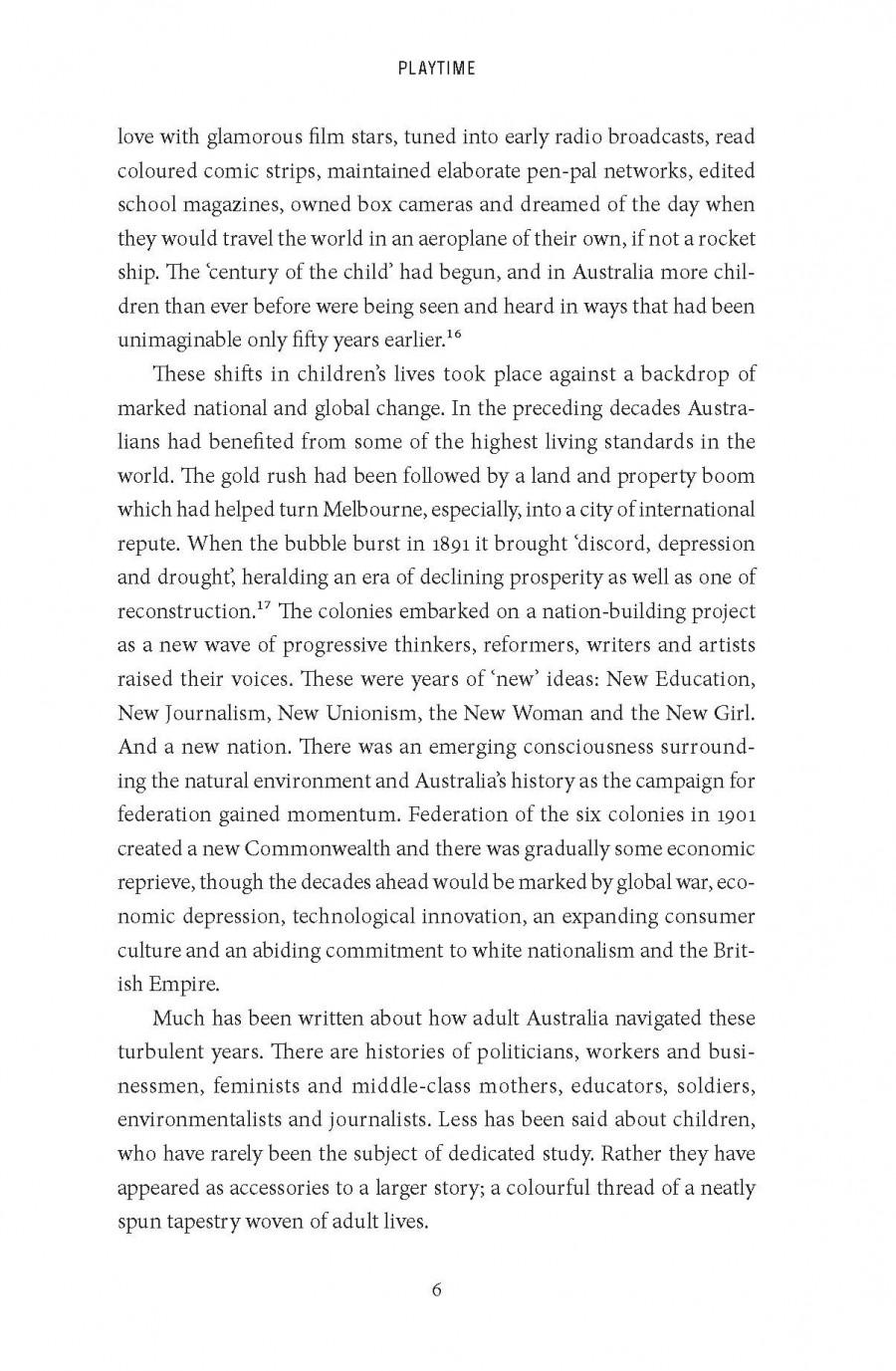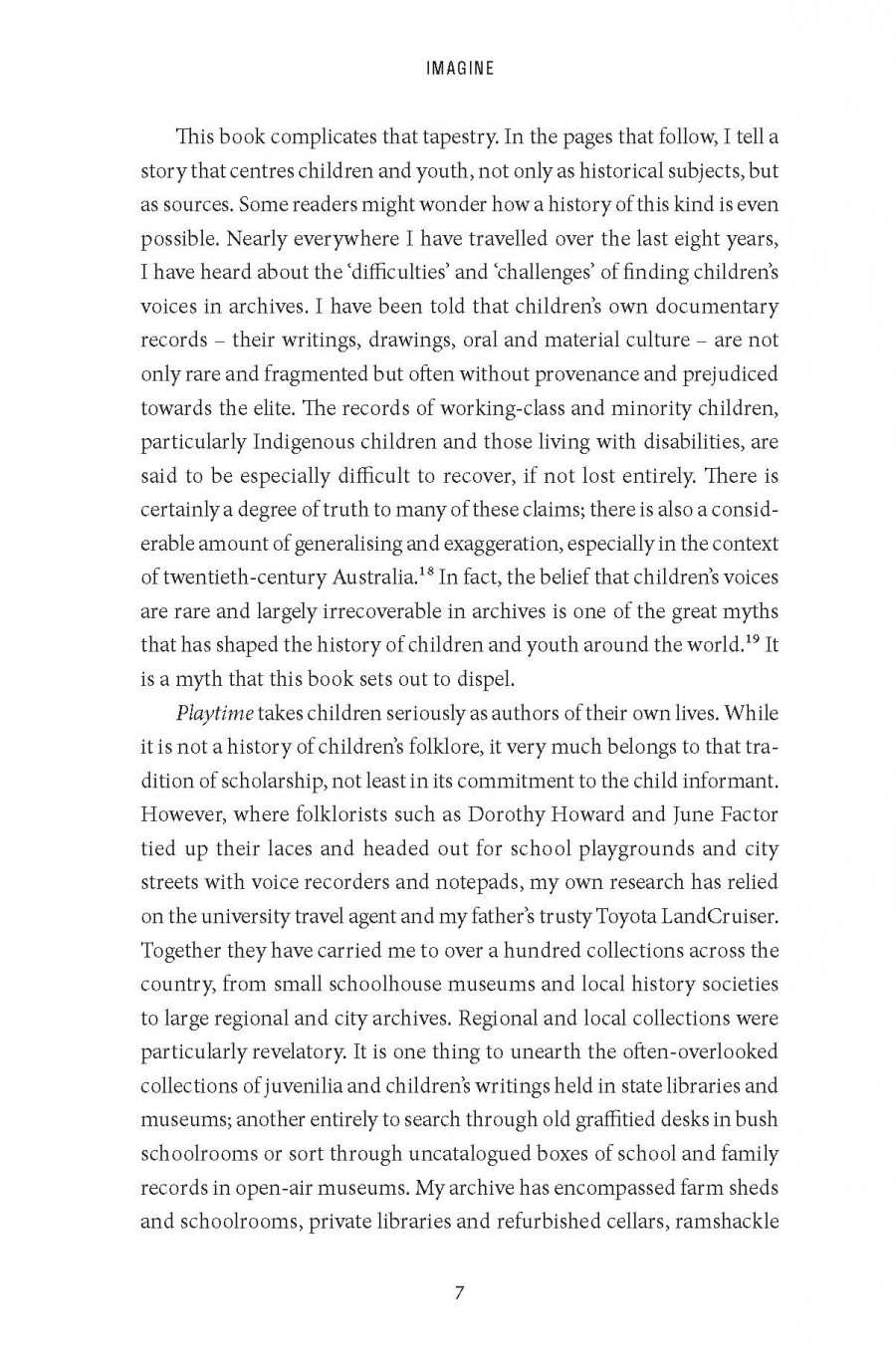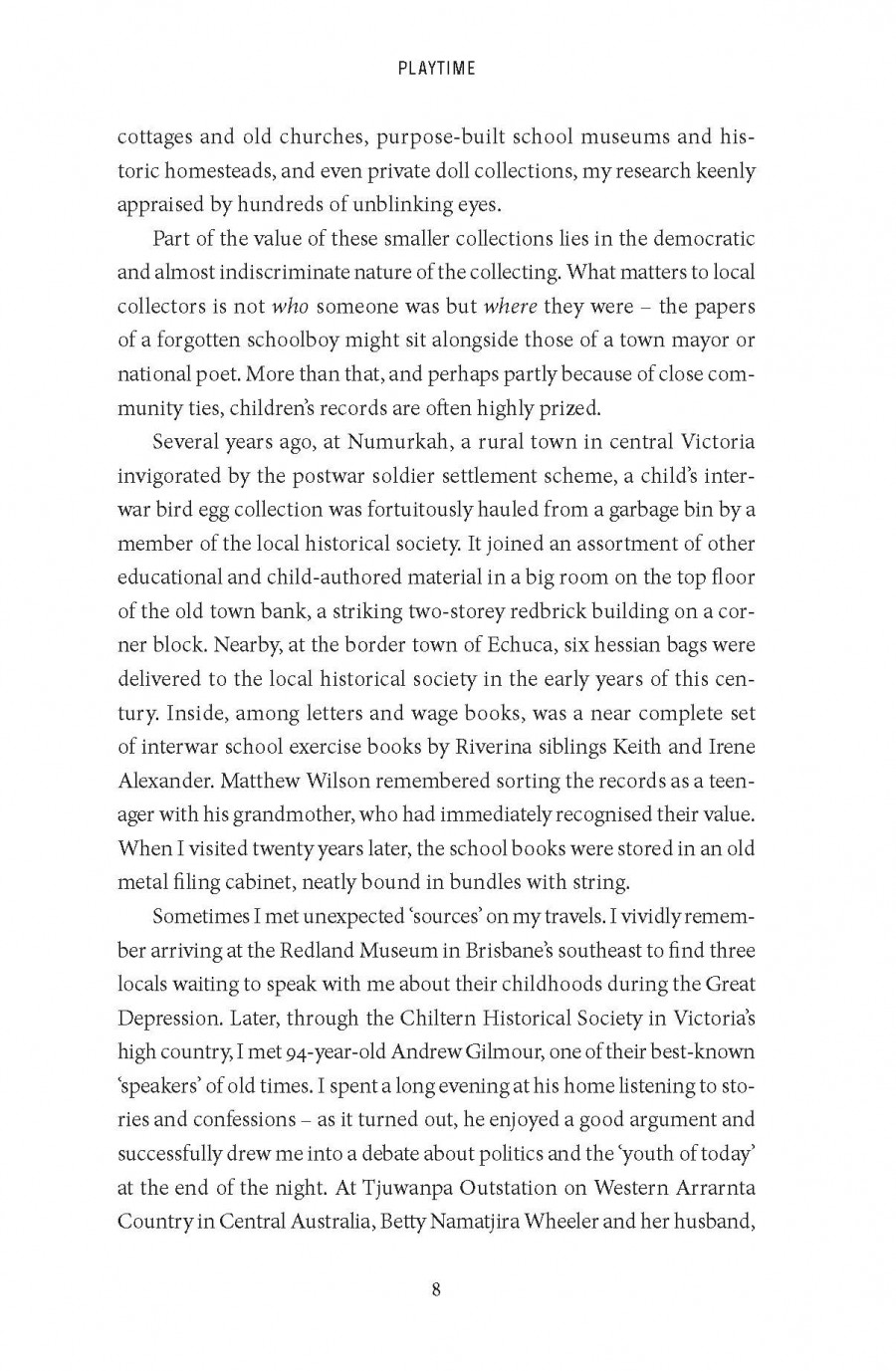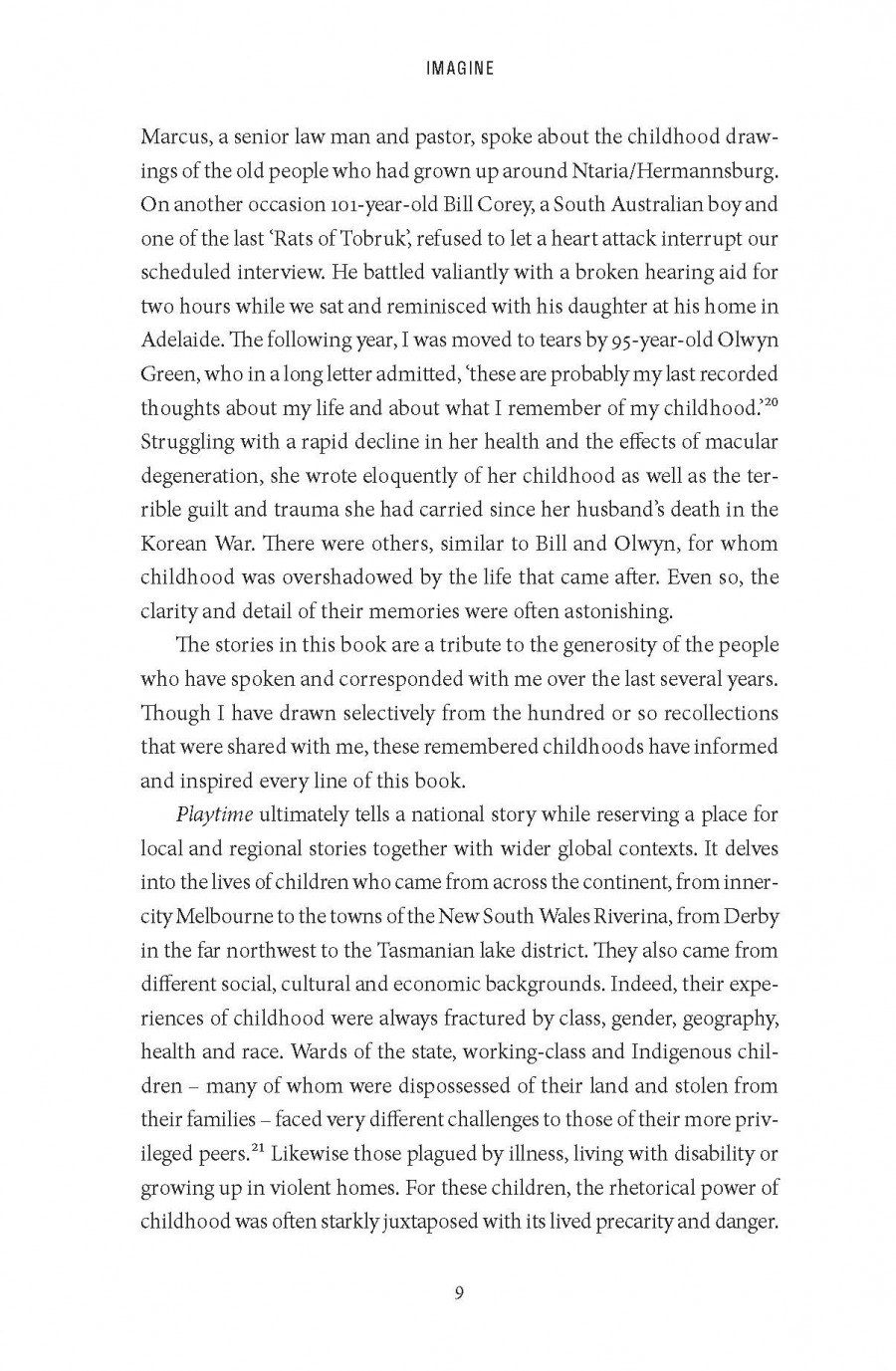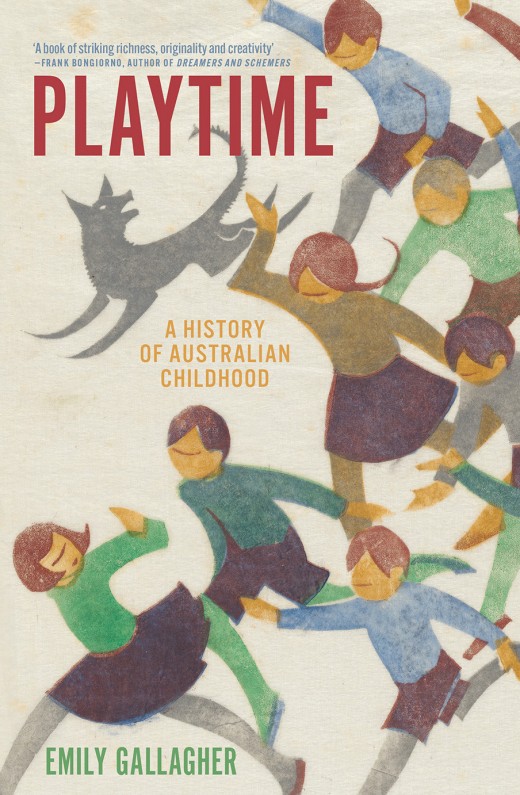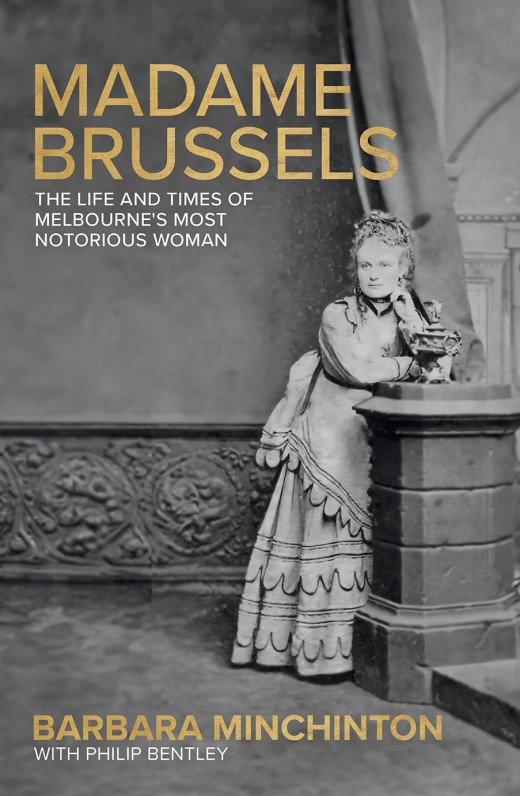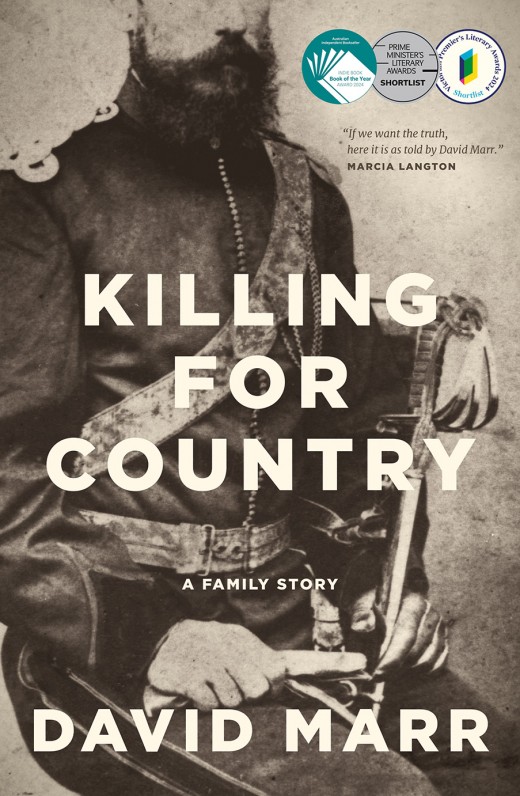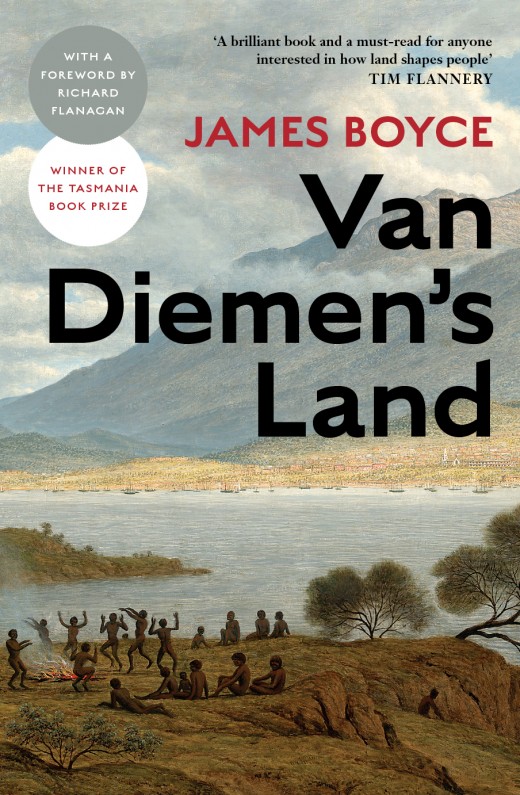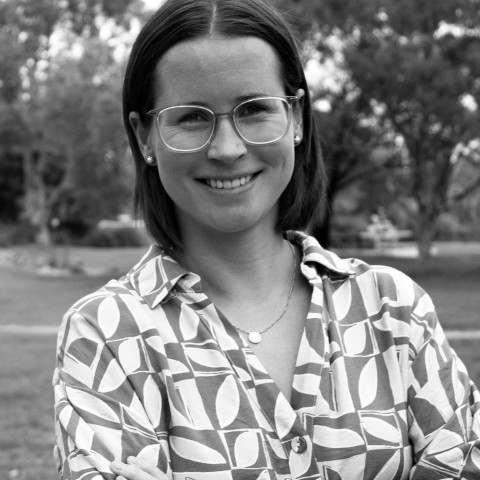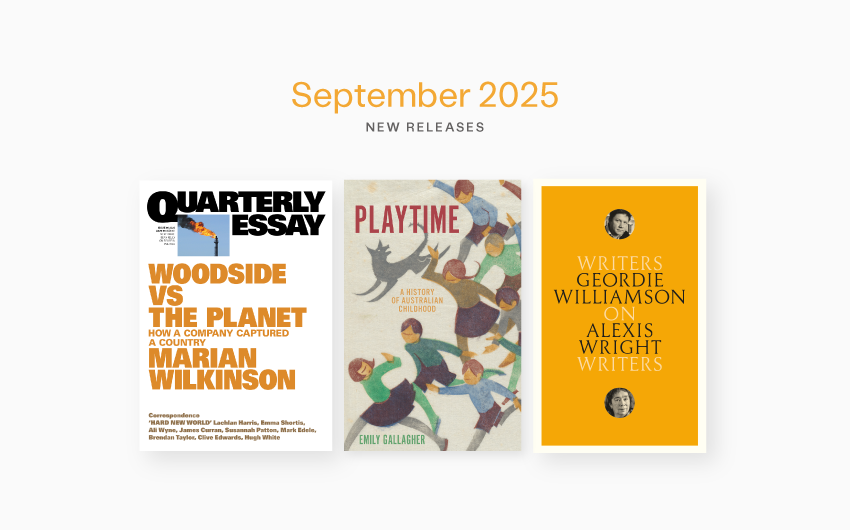Books > Imprint: La Trobe University Press > History
Playtime: A History of Australian Childhood
The first history of childhood play and imagination in pre-war Australia
This groundbreaking book is a history of children's play and imagination in Australia between 1890 and the Second World War. It is a story about the generations that grew up at a time when nation and empire were being reimagined amid the globalising currents of war, technology and trade. Theirs were faces that would remain forever young in monochrome film, and whose thoughts and dreams would be preserved between the timeless blue lines of the modern school exercise book.
Playtime is built around six imaginative worlds – amateur journalism, bird loving, war and adventure, dolls, the future, and monsters and fairies. It brings these worlds, and the voices of children, to life, exploring an incredible array of children's artefacts and seeing the social history of Australia through a new lens.
'In this brilliant study, Emily Gallagher reveals childhood imagination and play as at once traditional and modern, conservative and forward-looking – a realm of joy, fantasy and fear entangled with the adult world, yet a kingdom that children also claim as their own. Playtime is a book of striking richness, originality and creativity that will change your understanding of the possibilities of Australian social history.' —Frank Bongiorno, author of Dreamers and Schemers
'Beautifully written, Playtime is an innovative history of children's imaginative play that takes children seriously in their own right and on their own terms.' —Hannah Forsyth, author of Virtue Capitalists
'A joy to read, this landmark study demonstrates the significance of children's creative play, restive imaginations and slumbered dreamworlds. Emily Gallagher has written an instant classic of Australian history, according her young protagonists a central place in the national narrative … Playtime showcases a treasure trove of sources to tell vital stories about social relations, change and continuity.' —Simon Sleight, author of Young People and the Shaping of Public Space in Melbourne, 1870–1914
'It's not often that one gets to read a history that speaks to one's most private memories, one's sense of self. Gallagher writes with an elegant assurance … readers of Playtime will find resonances with their own memories and experience.'—Inside Story
'Emily Gallagher's superbly realised, often haunting study, draws the reader deep in the world of the child's imagination in those years before TV and "teenagers" ... This might be an academic publication, but it's a thoroughly engaging piece of imaginative historical writing, always thoughtful and quite often moving.'—The Age

